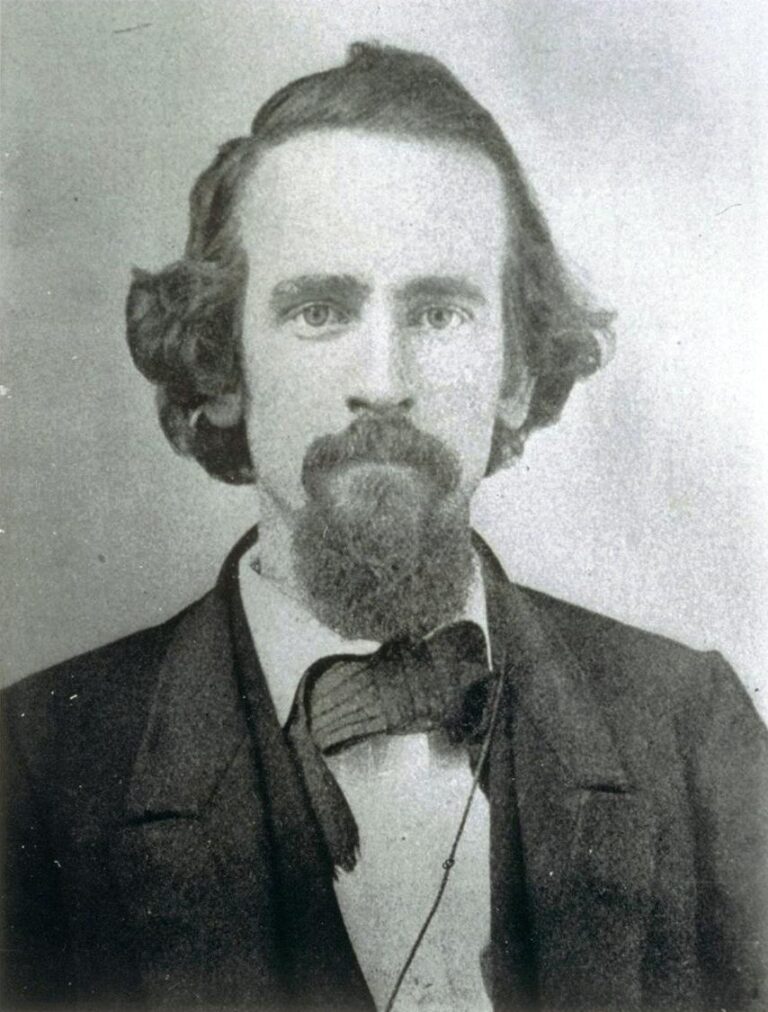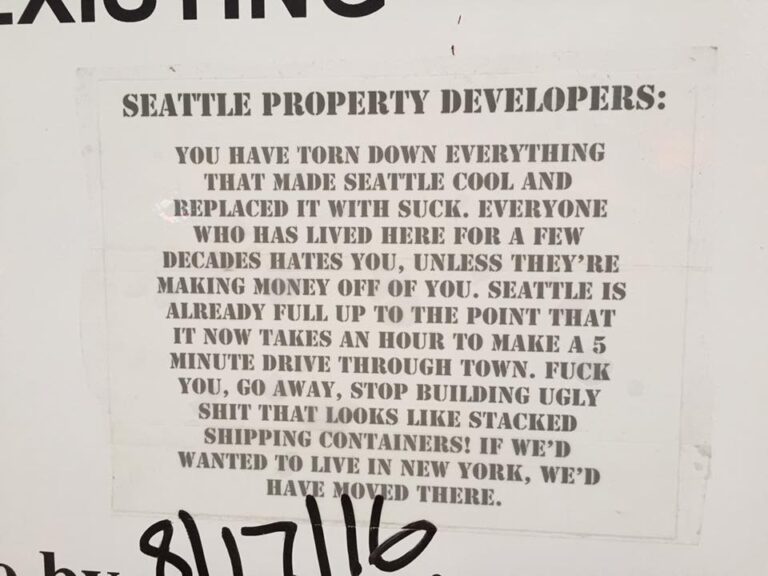Physical Address
304 North Cardinal St.
Dorchester Center, MA 02124
Physical Address
304 North Cardinal St.
Dorchester Center, MA 02124
Despite its poor track record, homeownership is the bad investment idea that never seems to die. Even though the financial crisis revealed the risks that homeowners take on by making highly leveraged purchases, policymakers are still developing new programs to encourage home buying. Both the Clinton and Trump campaigns are continuing the political support for homeownership that dates back to the Progressive Era. Since the New Deal, homeownership has been touted as a tool to reduce poverty and as a route to wealth-building for the middle class. Even before the subprime-lending crisis revealed the risk that low-income borrowers took on with homeownership, researchers have explained the problems with using homeownership programs as a poverty reduction tool. Joe Cortright recently pointed out that homeownership is a particularly risky bet for low-income people who may only have access to credit during housing market upswings, leaving them more likely to buy high and sell low. Even for middle- and high-income households, homeownership is a weak investment strategy. Politicians across the political spectrum tout homeownership as key to a middle-class existence, but homeownership will make many buyers poorer in the long run compared to renting. The real estate and mortgage industries have popularized the claim that “renting is throwing your money away,” but owning a home comes with a steep opportunity cost. Renters can invest the money that they would have spent on a down payment in more lucrative stocks, and they don’t take on the risk of home maintenance. The New York Times created a popular calculator designed to determine whether renting or owning makes better financial sense. The calculator’s defaults assumptions are overly optimistic in favor of homeownership as the better strategy for most households. They include a 1% rate of house price increases after accounting for inflation, but the historical average is just 0.2%. Similarly, the calculator defaults to a […]

Henry George and Jane Jacobs each have an enthusiastic following today, including, I’m sure, some readers of The Freeman. For those who might not know, Henry George is the late-19th-century American intellectual best known for his proposal of a “single tax” from which he believed the government could finance all its projects. He advocated eliminating all taxes except that on the rent of the unimproved portion of land. He viewed that rent as unjust and solely the result of general economic progress unrelated to the actions of landowners. Jane Jacobs, writing about one hundred years later, is an American intellectual best known for her harsh and incisive criticism of the heavy-handed urban planning of her day. She advised ambitious urban planners to first understand the microfoundations of urban processes — street life, social networks, entrepreneurship — before trying to impose their visions of an ideal city. Much has been written, pro and con, on George’s single tax and also on Jacobs’s battles with planners the likes of Robert Moses, and if you’re interested in those issues you can start with the links provided in this article. Here I would like to contrast their views on the nature of economic progress and the significance of cities in that progress. Some interesting parallels There are some interesting parallels between George and Jacobs. Both were public intellectuals who rebelled against mainstream economic thinking — for George it was classical economics, for Jacobs neoclassical economics. Both had a firm grasp of how markets work, were critical of crony capitalism, and concerned with the problems of “the common man.” And both established their reputations outside of academia. George was a strong advocate for free trade and an opponent of protectionism. He also understood Adam Smith’s explanation of the invisible hand. As George writes in […]
One common argument against Airbnb and other home-sharing companies is that they reduce housing supply by taking housing units off the long-term market.* As I have written elsewhere, I don’t think home-sharing affects housing supply enough to matter. But even leaving aside the empirical question of whether this will always be true, there’s a theoretical problem with the argument that if someone fails to use their land for long-term rental housing, government must step in. It seems to me that this argument, if applied with even a minimal degree of consistency, leads to absurd results. For example, suppose that Grandma has a spare room in her house, and instead of renting it on Airbnb she allows the room to be unused. Should Grandma be forced to rent out the room? Of course not. A home-sharing critic might argue that an unused room is different from a room that is likely to be rented out to a long-term tenant. Indeed it is- but in fact, Grandma’s failure to rent the room to anyone is more socially harmful than her renting the room on Airbnb. In the latter situation, a traveler benefits (from a cheaper rate than a hotel, or at least for a different kind of experience) and Grandma benefits by getting money from the traveler. By contrast, in the former situation, no one benefits. It could be argued that Grandma’s rights should be unimpeded, but that regulation should be targeted towards the amateur hotelier who seeks to rent out an entire building all-year round, rather than using the building for more traditional tenants. Even here, the argument based on housing scarcity leads to absurd results. Suppose the evil landlord Snidely Whiplash decides, instead of renting out his building on Airbnb, to use the building for a vacation house one day a year […]
One common argument against building new market-rate housing is that there is an infinite supply of rich foreigners willing to soak up new supply. One obvious flaw in this argument is that housing prices do occasionally go down even in expensive places. But even leaving aside this reality, the “foreign buyers” argument is not logically provable, since there is no way of knowing whether there are more rich foreign buyers in San Francisco than in, say, Raleigh or Houston. Thus, the argument rests on the following chain of logic: 1) we know that there are rich foreigners taking over Expensive City X (but not Cheap City Y) because housing prices are high; (2) therefore, the rich foreigners are what keep housing prices high in City X. The argument makes sense only when you add the following premise: housing prices can only be high in the presence of huge numbers of rich foreigners. I really don’t see any reason to take this premise seriously.
1. This week at Market Urbanism Shut Out: How Land-Use Regulations Hurt the Poor by Sandy Ikeda My colleague Emily Washington and I are reviewing the literature on how land-use regulations disproportionately raise the cost of real estate for the poor. I’d like to share a few of our findings with you. Are States Really The Solution To Urban Mismanagement? by Matt Robare Cities would finally have to confront their land use and economic development policies, employee compensation and infrastructure management; while states would have to confront their redistribution of revenue to rural areas. While state emergency managers and receivers have turned financially struggling cities around, it’s not hard to think that they might be needed less if cities were free. Market Urbanism Podcast Episode 02: Emily Hamilton on Land-Use Regulation and the Cost of Housing by Nolan Gray The question I am left pondering: how can we convince homeowners—who have a large vested interest in the current system—to support land-use liberalization? Feel free to share your thoughts on this and other topics in today’s episode in the comment section below or with Emily and I on Twitter. Supply and Demand: A Response to 48hills by Jeff Fong No matter what example we look at or how we cut up the data, there’s nothing out there to contradict the basic YIMBY story about supply, demand, and price. Unless, of course, you don’t actually understand the story, which may be the problem in Ms. Bronstein’s case. 2. Where’s Scott? Scott Beyer left Texas this week for Phoenix, stop #8 on his 30-city writing tour. He has settled in the neighboring suburb of Tempe, which is home to Arizona State University and is perhaps the metro’s most intensive urban area. Scott also started a Twitter account this week, and will post […]
In a recent piece published by 48hills, former Berkeley planning commissioner Zelda Bronstein takes aim at…well…too many things for me to succinctly recount in detail. So instead of attempting to respond to every single argument littered throughout her 7,000 word article, I’ll focus on the big stuff. Supply and demand: it’s a thing…we promise Ms. Bronstein asserts that supply and demand is, in fact, not a thing. Or at least if it is, it doesn’t apply to the Bay Area housing market. She writes that in California generally and the San Francisco Bay Area specifically, …the textbook theory of supply-and-demand—prices fall as supply increases—doesn’t apply. I’m unsure why Ms. Bronstein thinks the laws of supply and demand (ceteris paribus) don’t work here, but they’ve certainly been in force in Tokyo. Japan’s capital has seen sustained population growth as well as productivity increases over the last couple decades. And after twenty years of allowing housing to be built when and where people demand it, prices have remained gloriously flat. Just as expected. And when we look at American cities with the most supply elastic housing markets, we see a strong relationship between the ease with which new market rate construction can be developed and lower price increases overall. Unsurprisingly, San Francisco has one of the least elastic housing markets in the country and has experienced some of the most extreme percentage increases in housing prices as a result. No matter what example we look at or how we cut up the data, there’s nothing out there to contradict the basic YIMBY story about supply, demand, and price. Unless, of course, you don’t actually understand the story, which may be the problem in Ms. Bronstein’s case. For her benefit, I’ll restate the general position. More supply equals lower prices (in the aggregate and over time) The pro-supply […]

When I was scheduling out the first few episodes of the Market Urbanism Podcast, it seemed natural to start with one of Market Urbanism’s favorite topics: the relationship between land-use regulation and rising housing costs in American cities. This week I sit down with Emily Hamilton, a regular Market Urbanism contributor and policy manager at the Mercatus Center at George Mason University, to discuss a recent paper she coauthored with Sanford Ikeda, “How Land-Use Regulation Undermines Affordable Housing.” The question I am left pondering: how can we convince homeowners—who have a large vested interest in the current system—to support land-use liberalization? Feel free to share your thoughts on this and other topics in today’s episode in the comment section below or with Emily and I on Twitter. Click here to listen to last week’s episode. Our theme music is “Origami” by Graham Bole, hosted on the Free Music Archive. A few general updates/requests: I am excited to announce that we are now on all major podcasting platforms: iTunes, PlayerFM, Pocket Casts, Stitcher, and Soundcloud. If you like what you’re hearing, go ahead and click “subscribe” and leave a review on your favorite platform. If your preferred podcast platform is missing, let me know in the comments below. How would you improve the podcast? Since my goal here is to provide nice content for the Market Urbanism community, I would like to hear your feedback on the show. Thanks for your patience as I familiarize myself with the technical side of podcasting and grow as an interview. Who is a guest you would like to hear on the show? Let me know in the comment section below. If you prefer to keep your suggestion private, feel free to direct message me on Twitter. As always, thanks for listening! We have a few exciting interviews lined […]

Recently Stephen Eide, writing in City Journal, argued that states could run cities better than cities can run themselves, by offering an antidote to the mismanagement gripping many localities (“Caesarism for Cities:, March 2016). In the process, he overlooked the nefarious nature of many state governments, and the way in which they already inhibit cities. Eide begins his article with a litany of urban issues: excessive debt, unfunded pensions and political dysfunction. “Local political apathy has enabled some cities to become dominated by one party or even one interest group, skewing the political process and often encouraging extensive corruption and mismanagement of finances…Fans of local autonomy are hard-pressed to explain these and other failures.” This was a flimsy premise, since everything he wrote could be applied to states themselves. In fact, the very magazine he was writing for routinely publishes articles decrying and detailing the excessive spending, debt, political dysfunction and unfunded pension crises of states like California, Illinois, Rhode Island and New York. Yet it is unlikely that we will see a piece advocating for the federal government to rein in state spending. “It makes more sense for state, not city, officials to do what’s right when faced with local fiscal distress instead of what’s politically convenient,” Eide wrote, offering no support for this faith in state officials. In fact, states have shown little willingness to engage in fiscal restraint. The Texas Department of Transportation recently spent over a billion dollars to relieve congestion on the Katy Expressway near Houston by widening it, thus subsidizing sprawl and inducing further demand. California’s unfunded gold-plated pensions equal around $600 billion, according to Eide’s very own City Journal. Similar tales of irresponsible spending can be found in virtually every state. It’s worth considering how urban fiscal problems are exacerbated by state interference. Many […]

People sometimes support regulations, often with the best of intentions, but these wind up creating outcomes they don’t like. Land-use regulations are a prime example. My colleague Emily Washington and I are reviewing the literature on how land-use regulations disproportionately raise the cost of real estate for the poor. I’d like to share a few of our findings with you. Zoning One kind of regulation that was actually intended to harm the poor, and especially poor minorities, was zoning. The ostensible reason for zoning was to address unhealthy conditions in cities by functionally separating land uses, which is called “exclusionary zoning.” But prior to passage of the Civil Rights Act of 1968, some municipalities had race-based exclusionary land-use regulations. Early in the 20th century, several California cities masked their racist intent by specifically excluding laundry businesses, predominantly Chinese owned, from certain areas of the cities. Today, of course, explicitly race-based, exclusionary zoning policies are illegal. But some zoning regulations nevertheless price certain demographics out of particular neighborhoods by forbidding multifamily dwellings, which are more affordable to low- or middle-income individuals. When the government artificially separates land uses and forbids building certain kinds of residences in entire districts, it restricts the supply of housing and increases the cost of the land, and the price of housing reflects those restrictions. Moreover, when cities implement zoning rules that make it difficult to secure permits to build new housing, land that is already developed becomes more valuable because you no longer need a permit. The demand for such developed land is therefore artificially higher, and that again raises its price. Minimum lot sizes Other things equal, the larger the lot, the more you’ll pay for it. Regulations that specify minimum lot sizes — that say you can’t build on land smaller than that minimum […]

1. This week at Market Urbanism Palo Alto: The Land of Too Many Jobs by Jeff Fong The status quo isn’t defensible if you’re concerned with environmental degradation, inequality, poverty, slow growth, or even the decline of property rights. But, for tax protected homeowners, the status quo is exactly what they want and that’s reason enough for them to defend it. If Mayor Burt had simply called it like it is—that those in control of Palo Alto land use like the status quo, aren’t concerned with how it affects others, and will continue blocking incremental change—then we could have at least applauded his honesty. When It Comes to Walkability, Mexico City Is Miles Ahead by Nolan Gray Where in many U.S. cities open space is regulated into every single lot through floor area ratio regulations, Mexico City’s developments are dense and public space is efficiently relegated to the city’s ample parks and public spaces. This density and mixture of uses keeps sidewalks busy and safe at nearly all hours of the day. The Answer to Expensive Housing: Build More by Sanford Ikeda If you restrict the supply of housing, other things equal, what will happen to the price? That’s not a trick question. Any competent Econ 101 student would answer correctly that the price will rise. Can Housing Quotas Affect Demand For Housing? by Chris Bradford It’s a provocative argument. It turns the Econ 101 arguments upside down. Not surprisingly, it generated a fair amount of annoyed twitter chatter from market urbanists (including me) and sage head-nodding from those who believe new construction begets high home prices. 2. Where’s Scott? Scott Beyer is halfway through the longest single drive of his trip, the 1,000 miles between Austin and Phoenix. He will be stopping in San Antonio, Del Rio, El […]